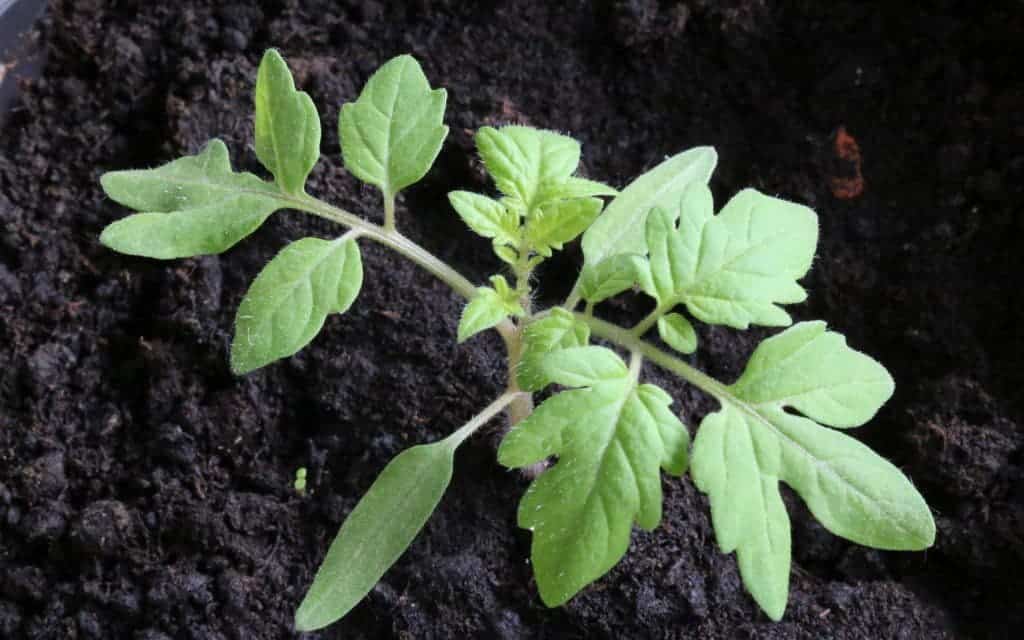If we want to have a permanent or long-term mission to Mars, then growing crops locally would be very useful. Now, the second experiment on how to grow crops on Mars and moon soil has produced a surprisingly good yield: Dutch researchers have grown ten different crop species, including tomatoes, peas, rye, garden rocket, radish and garden cress.

We now know enough about the Martian and lunar soil to try to recreate them – and that’s exactly what researchers from Wagenigen University did.
“The total above ground biomass produced on the Mars soil simulant was not significantly different from the potting compost we used as a control,” says Dr Wieger Wamelink.
The first time around, researchers weren’t necessarily successful in growing the veggies, but they did learn a lot. The second time, things went along much smoother.
“We used trays instead of small pots and added organic material (fresh cut grass) to the Mars and moon soil simulant. This solved the problem we had with watering in the first experiment and also added manure to the soils.”
The plants grown in the moon soil replica fared especially better. In the first experiment, plants quickly withered, whereas this time they flowered and created lovely vegetables. The production of biomass on the Mars soil simulant was lower than on Earth control, but still comparable. Researchers were surprised, as they were expecting much lower yields:
“That was a real surprise to us,” comments Wamelink. “It shows that the Mars soil simulant has great potential when properly prepared and watered. The biomass growth on the moon soil simulant was less than on both other soils, about half of the biomass. Only the spinach showed poor biomass production.”
However, those veggies are not quite edible just yet. Plants take up not only nutrients from the soil, but also heavy metals and other substances which can be toxic to the human body.
“The soils contain heavy metals like lead, arsenic and mercury and also a lot of iron. If the components become available for the plants, they may be taken up and find their way into the fruits, making them poisonous. Further research on this is necessary and that is one of the reasons why a crowdfunding campaign has been started to finance the third experiment that will be all about food safety. The experiment should start in April 2016 with the growth of a new batch of crops including potatoes and beans. If the crops prove to be safe enough to eat, the funders will be invited for dinner where a ‘Martian meal’ will be served that includes the harvested crops; at least for those who dare!.”
While this study hasn’t been peer reviewed yet (to my knowledge), I think it’s research like this which will provide much needed clues about what we need to do in order to develop a permanent or semi-permanent settlement on a foreign celestial body.
Was this helpful?



